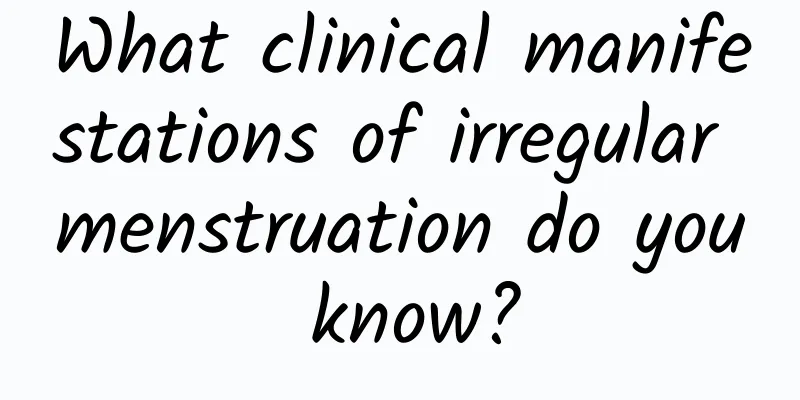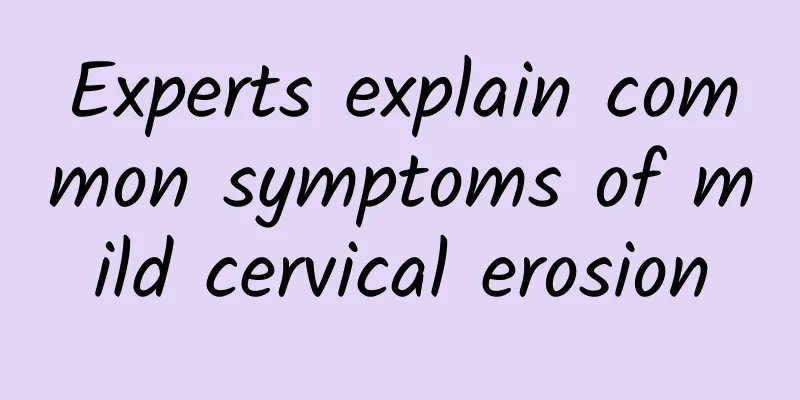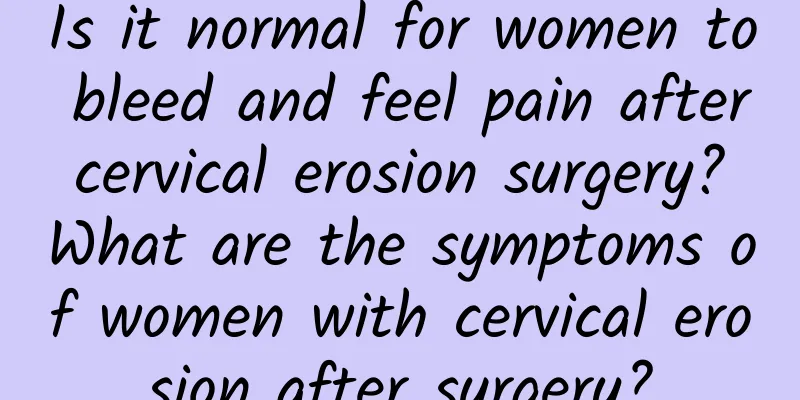Introduction to menopausal medication

|
When women are over 45 years old, they will experience significant changes in menstruation. Many women will experience menopause, which seriously affects their physical health. Usually, we should pay attention to the occurrence of this disease and treat it reasonably. We can choose some drug treatments to avoid uterine fibroids and reproductive system infections. So, what are the common drug treatments for menopause? Several common medications for menopause are listed below. 1. In principle, HRT (hormone replacement therapy) should be aimed at maintaining the health of the body. For example, long-term medication is required to prevent postmenopausal degenerative diseases. (1) Etiological treatment: During the reproductive period, the cyclical changes in the estrogen and progesterone in the blood of women participate in coordinating the physiological activities of the body, becoming an important factor in stabilizing the internal environment of the female body and maintaining health. After menopause, the continuous decline of estrogen and progesterone causes women's physical and mental dysfunction, and the body produces a series of degenerative lesions, resulting in poor physical health of some women. Etiological treatment is given to these health problems caused by estrogen deficiency. (2) Physiological supplementation: The purpose is to enable the organs of postmenopausal women to function physiologically as much as possible to maintain the health of the body, not to restore their endocrine conditions to the level of the ovarian cycle during the reproductive period, which is physiological supplementation. Physiological supplementation mostly advocates the use of natural estrogens, that is, the chemical structures of estrone, estradiol and estriol. The dosage is controlled at a blood E2 concentration of about 220pmol/L, or within the equivalent estrogen activity range, and should not exceed 550pmol/L. Exceeding this level may lead to an increase in side effects. Since the estrogen and progesterone in contraceptives are in large doses, highly active, and have a non-physiological chemical structure, they are not suitable for physiological supplementation in HRT. (3) During the menopausal transition period, HRT should focus on supplementing progesterone: During the menopausal transition period, the growth and development disorders of follicles gradually increase, and finally the functional follicles disappear from the ovaries. The corresponding changes in estrogen and progesterone during this period are: first, there is a relative lack of progesterone, and then there is a lack of it; the lack of estrogen changes cyclically, although there may be a transient relative excess, the total amount gradually decreases, and finally to lack, forming a relatively excessive or single unopposed estrogen stimulation for a long time. Some women may experience varying degrees of proliferative changes in the endometrium, and even malignant changes. Therefore, during this period, the main focus should be on cyclical supplementation of progesterone to adjust the menstrual cycle and prevent endometrial proliferative lesions. As estrogen gradually becomes deficient, estrogen can be supplemented at the same time. (4) HRT in the late menopause should be mainly based on estrogen supplementation: Early postmenopause ovarian follicle activity basically stops. The blood estradiol concentration drops from about 150-1500pmol/L in the reproductive period to below 80pmol/L within 1-2 years, which is lower than the basic level for maintaining the physiological functions of the body's organs. Endometrial atrophy is completed within 2-3 years after menopause, and the rate of bone loss is fastest within 1-3 years after menopause. Corresponding degenerative changes occur in various organs throughout the body. Therefore, to prevent postmenopausal degenerative lesions, timely and long-term estrogen supplementation should be used. In order to counteract the side effects of estrogen on endometrial hyperplasia, those with a uterus need to add progesterone. Warm reminder, many women will have menstrual disorders, and it will also cause less and less hormones, leading to athletics, sweating, headaches, and panic. In addition, it will also cause back pain and cervical spondylosis. In daily life, everyone must pay attention to the treatment of this disease and make a reasonable diagnosis to avoid causing more harm. |
<<: What medicines should menopausal patients take?
>>: Introduction to medication for menopause
Recommend
What are the four main causes of ectopic pregnancy?
What are the four main causes of ectopic pregnanc...
What is the best way to treat vulvar itching?
There is generally no best way to treat vulvar it...
What are the symptoms of menopause? Women should know this
When women reach menopause, they will experience ...
How effective is TCM in treating cervical erosion?
Traditional Chinese medicine is also a commonly u...
Will cervical erosion recur after recovery?
Will cervical erosion recur after recovery? Cervi...
The causes of multiple uterine fibroids and the harm of multiple uterine fibroids
What is the cause of multiple uterine fibroids? T...
How to prevent biochemical pregnancy? Doctors say to do these 10 things to prevent
There are many reasons for biochemical pregnancy,...
Support domestic cattle! Taiwan Beef Carnival invites you to taste the fresh beef
The "2012 Taiwan Beef Carnival" was off...
How to treat endometriosis
With the increasing incidence of endometriosis an...
Abdominal obesity hides the risk of metabolic syndrome! Dr. Huang Guoqin: 3 tea drinks to keep away the threat of metabolic syndrome
Metabolic syndrome is a common metabolic disorder...
What should I do if there is a little bit of blood in my vaginal discharge? I have cervical erosion.
It is very abnormal for women to have blood strea...
What are the causes of congenital absence of vagina?
Congenital absence of vagina is a relatively seri...
8 weight loss exercises to get rid of fat and give you an S curve
[Core Tip]: What kind of exercise can you do to l...
Preoperative preparations for abortion
Repeated induced abortions may affect subsequent ...
Get rid of the pot belly! Eat 5 types of food to slim waist and help lose weight
The loose belly fat makes you afraid to see peopl...









